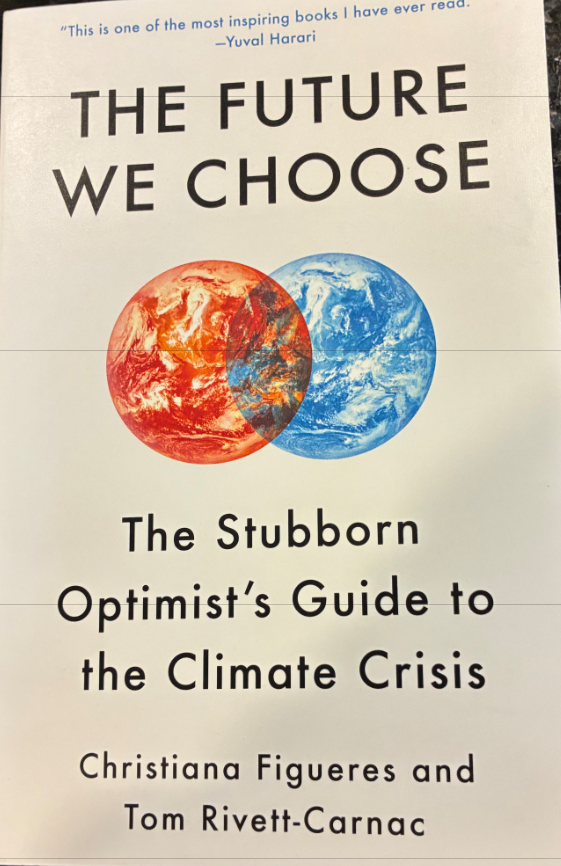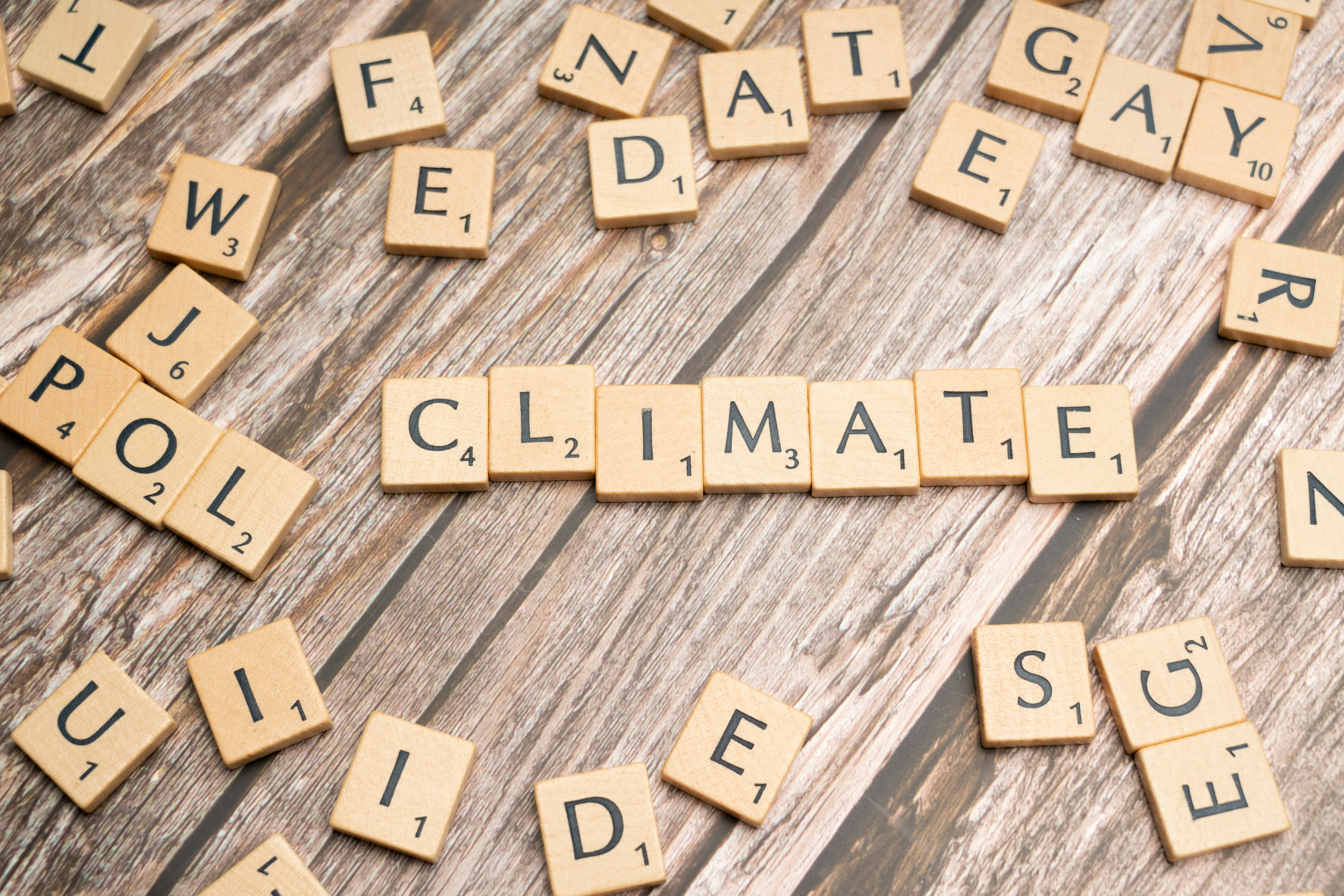Commentary
School System's Focus on Science, the Environment

Editor’s note: This is one in a continuing series of guest opinions about fostering environmental stewardship. The series is coordinated by ACES, the Alliance of Climate & Environmental Stewards.
Every day in Newburyport, excited students use newfound STEM (science, technology, engineering and mathematics) skills and knowledge to design and conduct science experiments, and to engineer solutions to real world problems.
They design water purification systems, use coding to program robots, plant and maintain gardens, and model erosion mitigation and habitat restoration at Plum Island. Each of our students, starting in preschool, uses the tools of math and science to experience problem-based learning, which increases teacher and student STEM knowledge, skills, and engagement.
Combining and using classroom learning, connecting with local scientists and climate experts, and collaborating and communicating with peers become our best hope to combat critical environmental threats facing all of us today and in the future. Our kids truly embrace the ACES purpose “to positively impact our environment’s health and our planet’s climate” through their interdisciplinary learning.
Six years ago, the Newburyport Public School leadership team decided to make a serious commitment to STEM education in our schools. Since then, the opportunities for all students, especially our youngest scientists and engineers, have grown tremendously.
Using a myriad of funding sources including the school budget, the Newburyport Education Foundation, and other grants and local funders, NPS has created STEM programming at every school available to every student, and adopted hands-on, standards-based materials K-12.
The largest impact has been on elementary students who now have high-quality integrated science and STEM courses, resulting in a “pipeline” of kids going into middle school with strong backgrounds in the applied science, technology and engineering competencies necessary for success in school and beyond.
Research shows that effective teaching in elementary school is a make-or-break factor for future STEM success, and therefore significant resources have been provided to support teacher professional learning.
A key component to our STEM units and modules is an intentional focus on global and local energy and sustainability issues. For instance, in a kindergarten STEMscopes module titled “Reducing Human Impact,” students are asked to sort types of pollution into threats to land, water or air. They are presented with a picture card and tasked with identifying the type of pollution depicted and then, with a partner, which part of the environment is most polluted by the effects of the item.
An answer may be as simple as, “I think this kind of pollution is smoke from a factory, and I think it pollutes air.” A follow-up question may ask, “What are some things people can do to help prevent pollution?” Even small children will say, “Throw litter in trash cans; don’t burn things like piles of leaves or trash; don’t throw things that don’t belong into lakes and oceans.”
Today, environmental education is a consistent focus through the elementary grades, becoming more sophisticated as students consider how to mitigate threats to our local and global environments through middle and high school.
This important and intentional educational pathway meets the NPS goals of insuring student acquisition of 21st century skills and competencies; developing positive STEM interest, engagement, attitude and behavior; and providing an increased knowledge and awareness of STEM college and career options.
These experiences also align to the ACES goal to define, monitor and promote relevant assets (programs, products and services) that contribute to the area’s overall foundation for climate and environmental stewardship initiatives.
Imagine how the culture of the school and community will change when every one of our K-12 students has been encouraged to “Think globally, work locally, and act personally” throughout their time in the Newburyport Public Schools!
Elizabeth F. Kinzly, Ed.D., is the PK-8 STEM coordinator for Newburyport Public Schools
This column was coordinated by ACES Intern and NHS Senior, Eleni Protopapas, who can be reached at eleniprotopapas@gmail.com to share any comments or questions. To learn more about ACES and our Youth Leadership Initiative, please view our WEBSITE – https://www.aces-alliance.org
.svg)



